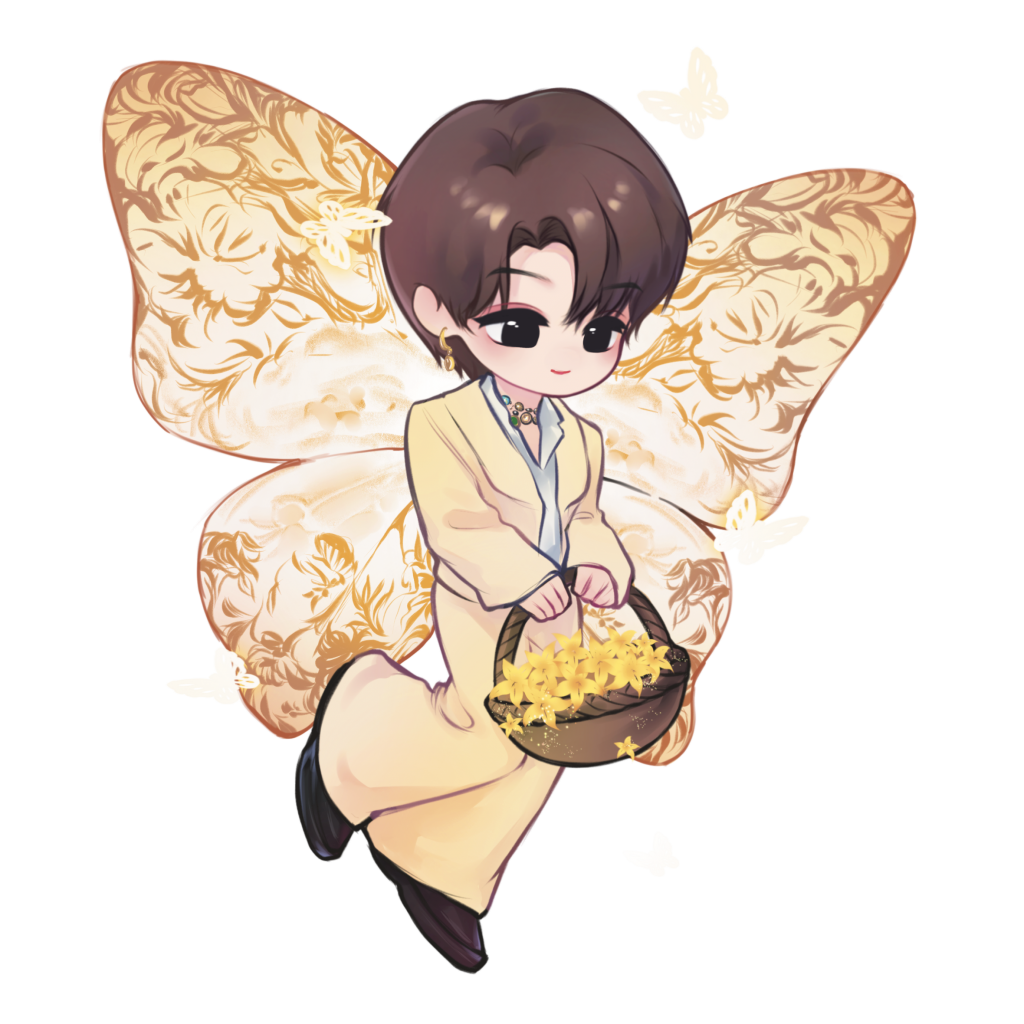After the dragon den session, I was thinking of the next intervention, maybe I should more focus on raising the awareness but not commercializing the language.
So rather than thinking too much about the final outcome, I think I will contact some of the feminists in China, asking about their stories, then try to find the connection between Nüshu and feminism nowadays. And I should also do some research about how many males know about this language.
And one question I had been asked was: what does feminism means to me? Maybe for me it is more like the women’s wisdom and courage, also to fight for their own rights.
I also sent the message to the producer of the documentary about Nüshu, but they didn’t reply yet, maybe after I go back to China I can meet them in person.

